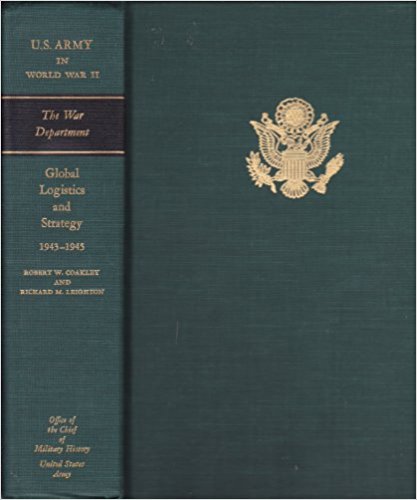The History Office of the General Staff of the Italian Army (Stato Maggiore dell’esercito – Ufficio Storico) is responsible for official military history, and thus has published a series of monographs, illustrating various aspects of military history from Italy’s unification to the present. Of course the Second World War makes up a significant part of the available volumes. No official, complete italian history of the Second World War was ever written, but it is well possible to piece together a nearly complete picture from the monographies at hand.
In the Nineties, fifty years after the war, a series of volumes reflected on the North African campaign, and these four books are probably as close to an official history as we will ever get. The author, Mario Montanari, is a respected historian better known for his mor general work on the Italian “Risorgimento”, the national unification moevement that resulted in the foundation of an Italian nation state in 1849 from various independent fiefdoms that had endured since the collapse of the western Roman Empire.
Translations of large parts of the Italian official histories have been uploaded to archive.org and will be linked here. This is even more laudable as the original works do not seem to be available in digital form. The quality of the translation is questionable in parts, which adds another reason to take the contents of the books with a grain of salt (the other one, of course, being that its an official history). Then again, undertaking the translation of what to the rest of the world must be an obscure topic indeed is imminently a work of love, and we are deeply grateful to Robert Denny II.
Thanks to Jim Broshot for finding and sharing those links with us.
L’Esercito Italiano Nella Campagna die Greca
Mario Montanari, Rome 1999.
Translation by Robert Denny II: Italian Army Official History The Greek Campaign
Le Operazioni Della Unita Italiane Al Fronte Russo (1941-1943)
Rome 1977
Translation by Robert Denny II: Italian Army Offical History Operations On The Russian Front
Le Operazioni in Africa Settentrionale
Volume I: Sidi Barani – November 1940 – März 1941; by Mario Montanari, edited by Edizione Ufficio Storico SME, 1989; 720 pages, 29 maps.
Translation by Robert Denny II.
Volume II: Tobruk – March 1941 – May 1942; by Mario Montanari, edited by Edizione Ufficio Storico SME, 1990;709 pages, 88 maps.
Translation by Rober Denny II
Volume III: El Alamein – May – November 1942; by Mario Montanari, edited by Edizione Ufficio Storico SME, 1992; 1036 pages.
Translation by Rober Denny II.
Volume IV: Enfiddaville- November 1942 – March 1943. by Mario Montanari, edited by Edizione Ufficio Storico SME, 1993; 820 pages, 90 maps.
Translation by Robert Denny II
Le Operazioni in Siculia e in Calabria, Luglio – Settembre 1943
written by Alberto Santoni, published by Stato Maggiore Dell’Esercito – Ufficio Storico, Roma 1989.
Translation by Robert Denny II: Italian Army Offical History Operations In Sciliy & Cambera, 2017
La Marina Italiana Nella Seconda Guerra Mondiale
The contribution of the Italian navy has often been belittled, ignored or played down. One of the worlds strongest Navy, the Marina Militare suffered from similar problems as the Army and Air force, namely the call to fullfil ambitions which were way beyond the the industrial and technical capabilities of italy’s industry, and therefor its quipment and weaponry. The Navy did its best with the ressources available, but modernization was slow. Italy could not react to the revolutionary impact of the airplane, which was theorized early on and clearly recognized by its brightest thinkers, to their deep and lasting frustration.
Thanks to the work of Robert Denny II a complete translation of the official work is available on archive org. Errors in the numbering of the volumes have not been corrected yet.
La Regia Aeronautica 1939-1945
Written by Nino Arena, published by Stato Maggiore Aeronautica
Volume 1: 1939-1940: Dalle Non Belligeranza All’Intervento. Roma 1981
Translated by Robert Denny II as: The Royal Air Force. Volume 1: From Non Belligerence to Participation, 2021

